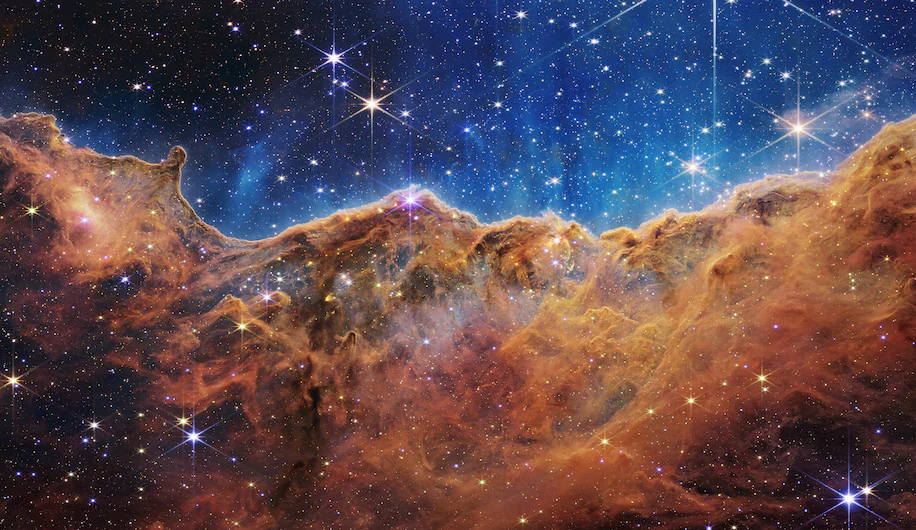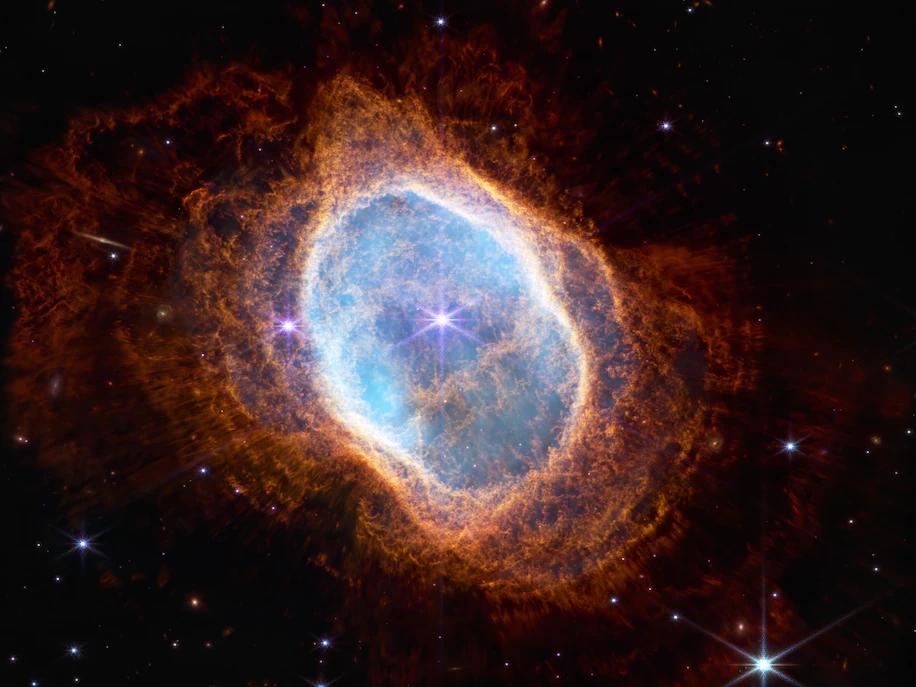“We don’t know what we don’t know, certainly a tautology,
but above all we don’t know where it can lead us”



It’s probably too easy to wane lyrical – and employ fancy terms about the significance of the first images from the James Webb Space Telescope, released to great fanfare yesterday by NASA and all of its partners. Others will criticise this approach.
The accolades rained down on all sides for those directly involved: space agencies, managers, designers, engineers, astronomers, as well as in communication and public relations. They had to assert themselves, justify a mission with its images, adding to it a dream, a project that took 25 years to come to life, exceeded budgets and ultimately cost more than 3 billion dollars.
But let’s get back to basics: to a reaction expressed so simply by an astronomer with whom I was able to work a few years ago.
Caroline Porco knows what she’s talking about, having managed the main imaging camera of the Cassini spacecraft which orbited beautifully around Saturn.
About Webb: “What a machine, what a machine!! Just think what astronomers are going to be able to find in these distant galaxies, being born a very, very long time ago, just simple dots now in these images but whose spectra already give us so much information. It makes the brain grow, it’s a reaffirmation of life!“
Great article in the Guardian 17/7/2022
The comparison was made during the presentation: the precision of this machine provides a resolution, an acuity of vision, never reached in space. “A vision that reaches further than we can see”.
I have been more than privileged to participate in many space missions with exuberant engineers and astronomers, so full of passion but also of confidence in their watchmaking precision work. Zero risk does not exist, even in space. Yet the 340 or so critical events for the mission after launch, the deployment of the mirrors, the opening up of the wing-like sun shield and the switch on of its scientific instruments, all went perfectly. Almost miraculous!
Watching after the press conference the beautiful video of the different stages in the construction of this telescope, stages that I got to know on other missions, one trembles at each shot of these people perched in balance to reach a mechanism and who adjust and check the elements of the satellite. Seeing the container arrive in Kourou, one can imagine the extent to which Arianespace had to be as sure, 100% as it could, of succeeding in the task it had been entrusted. And afterwards, the laucher provider to be proud of having put Webb into orbit with a precision that doubled from 10 to 20 years, his projected life.
NASA’s communication effort was immense and we must forgive the video technical incidents in the retransmission – in particular those interrupted or unsucessfull live links in particular with Canada, moments at which the presenter Michelle Thaller was unfazed!
But will NASA and its partners ultimately have shared with a much wider audience the profound significance of this adventure? That science, astronomy, research and above all fundamental research work for society as a whole? [See also, editorial of Le Monde which examines the importance of basic science
This was affirmed by several on the show: “We will discover what we do not know yet”. Joining the phrase of Carl Sagan, a great visionary: “The heavens have some incredible things in store for us that are just waiting to be discovered.”
I have personally known astronomers with such deep thoughts, “poets” or “believers” in something.
And this led me at the end of the day to a reflection: “A serious question: how is it that we always look to the past and with exceptional acuity and that it is impossible for us to foresee the future? Is the answer to be given in astrophysics, philosophy or… poetry?“
It seems that this reflection has found an echo with a few friends, from space and elsewhere.

Sources: images vidéo : NASA, ESA, CSA, and STScI/NASA, ESA, CSA, STScI, and The ERO Production Team
Updated/maj. 17-07-2022
Vues : 14

